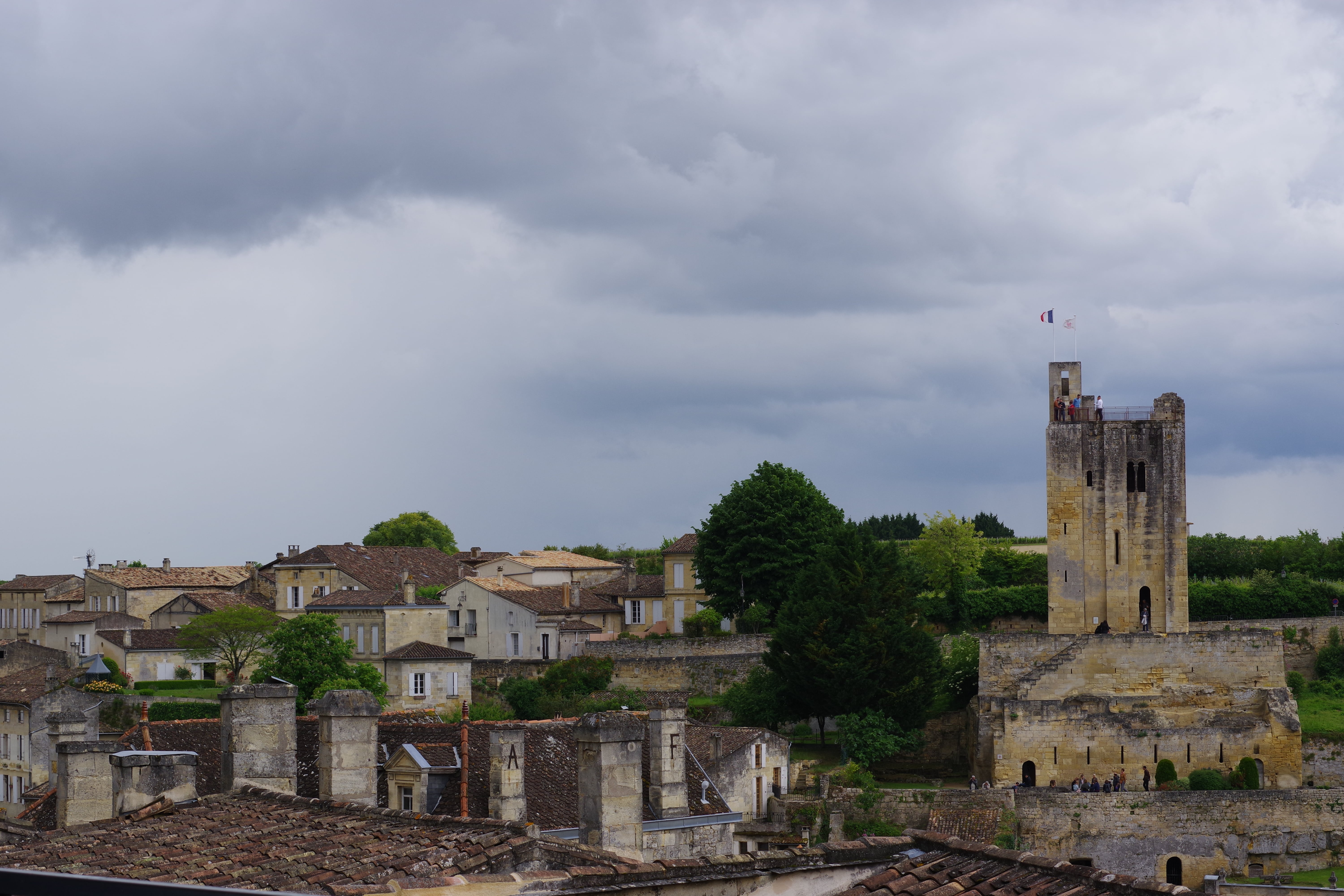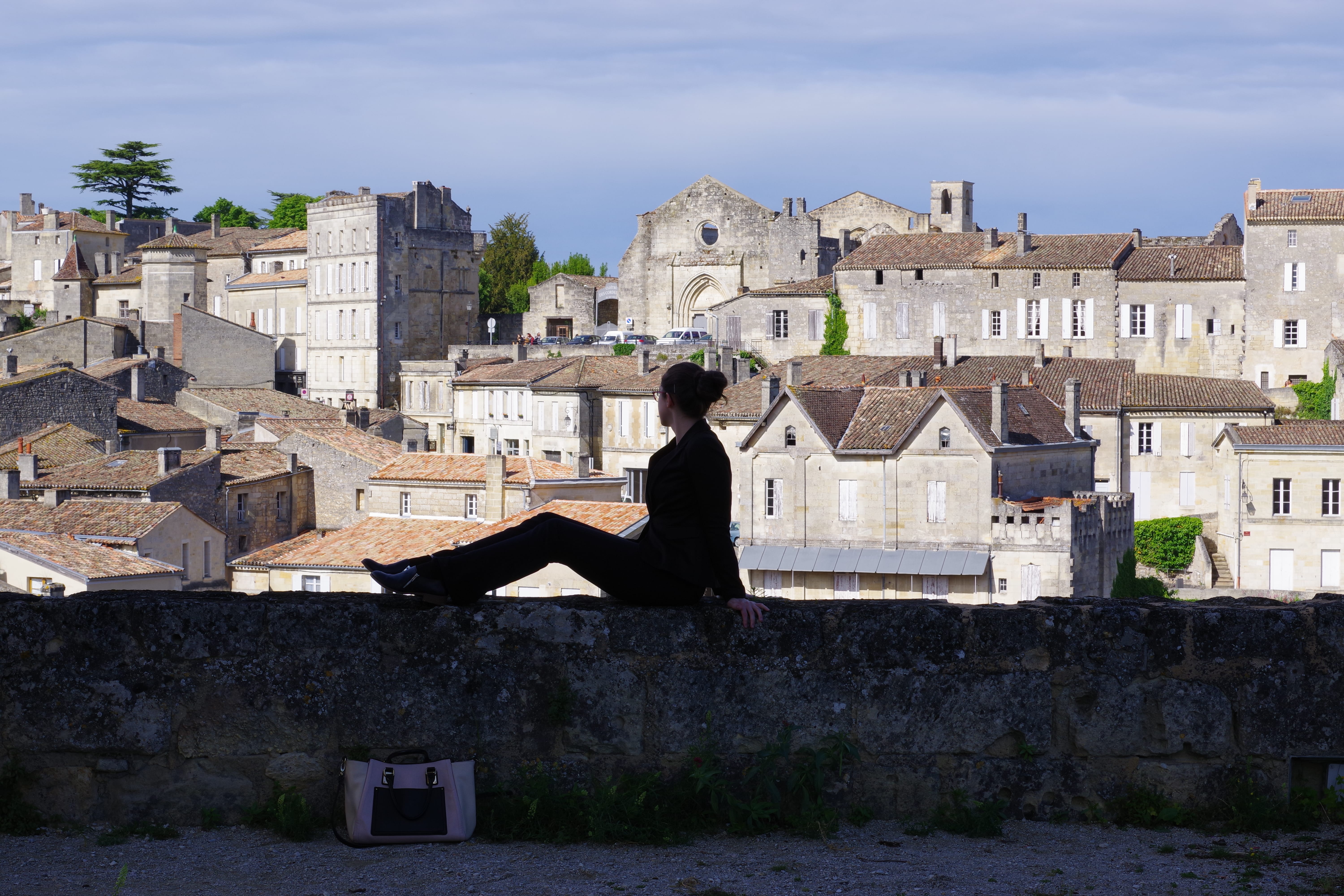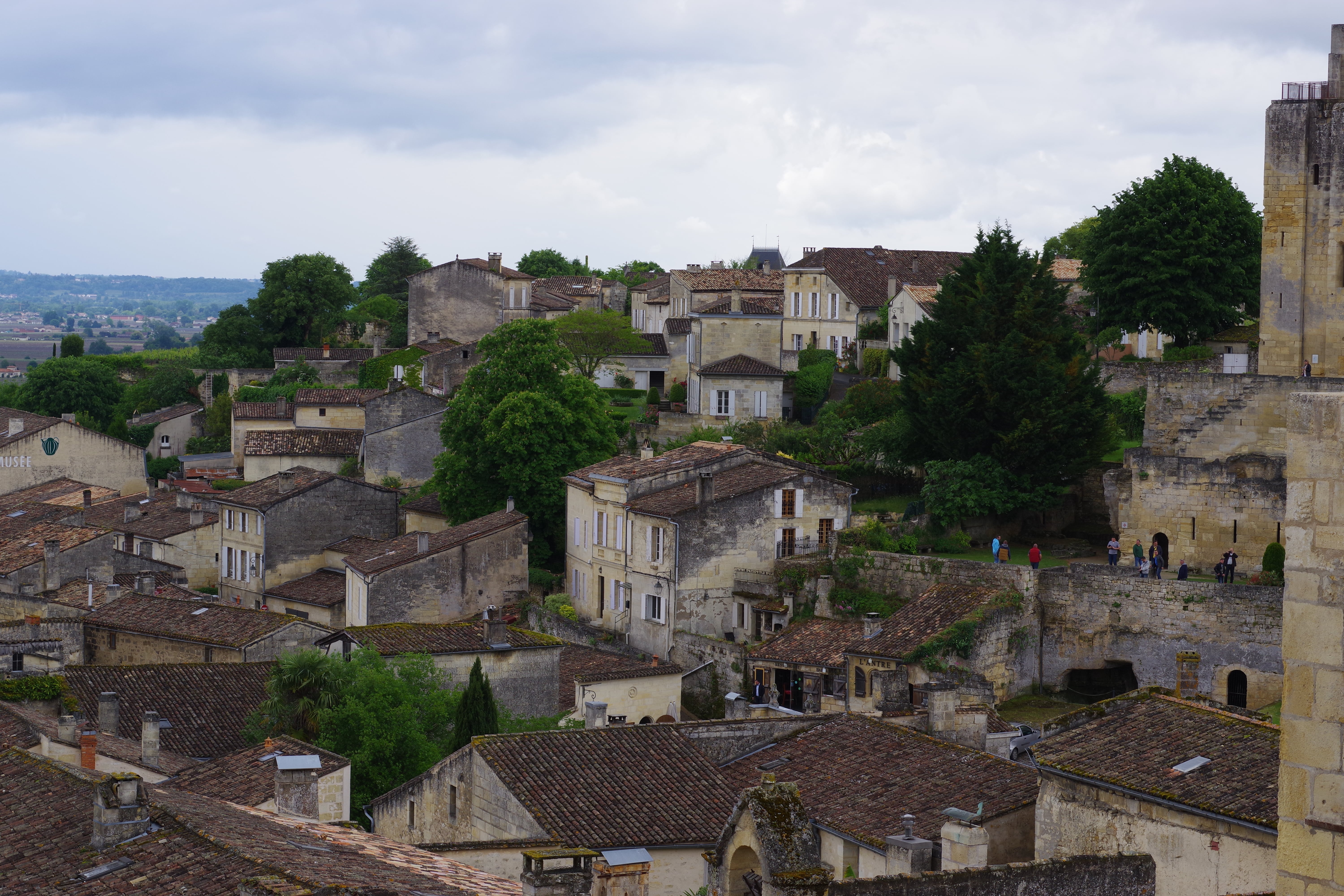Saint-Émilion is mostly known for its fantastic wines but there’s a structure within the region that is very good to know. The community of municipalities of the great Saint- Émilion brings together a total of 22 villages. In the middle of which stands the historic medieval city. Saint-Émilion has been listed as World Heritage by UNESCO since 1999 but i’ve noticed that many people believe this honour concerns only the historic center. However, it is listed as Cultural landscape, a first for a vineyard. Fundamentally, Saint-Émilion is a viticultural community that was unified with the Jurade of Saint-Émilion for eight centuries. The Jurade was created from the will of an administrative freedom to counter the religious influence and help the wine industry to grow.
Saint-Émilion est surtout connu pour ses vins fantastiques, mais il existe une structure dans la région qui est très bonne à connaître. La communauté des communes du grand Saint-Émilion rassemble un total de 22 villages. Au milieu desquels se dresse la ville médiévale historique. Saint-Émilion a été classé au patrimoine mondial par l’UNESCO depuis 1999, mais j’ai remarqué que beaucoup de gens croient que cet honneur ne concerne que le centre historique. Cependant, il est répertorié comme paysage culturel, un premier pour un vignoble. Fondamentalement, Saint-Émilion est une communauté viticole unifiée avec le Jurade de Saint-Émilion depuis huit siècles. Le Jurade a été créé à partir de la volonté d’une liberté administrative pour contrer l’influence religieuse et aider l’industrie du vin à grandir.
THE APPELATIONS
Contrarily to other regions where Grand cru appellations are only for specific location, Saint-Émilion Grand cru is perfectly overlapped on The Saint-Émilion AOC and they both include 9 municipalities: Saint-Émilion, Saint-Christophe des Bardes, Saint-Étienne de Lisse, Saint-Hippolyte, Saint-Laurent des Combes, Saint-Pey d’Armens, Saint-Sulpice de Faleyrens, Vignonnet, et une partie de Libourne. Every Producer can submit their wine to a jury to get the Grand cru title or even the Premier grand cru classé title. However, the structure of the notation will vary. For Grand Crus, the tasting is an important part of the final score while for Premier Grand Crus Classés tasting only account for 30% of the score. Other characteristics are taken into account such as notoriety, terroir, facilities and operation methods. The classification has the distinction of being scalable and reviewed.
Contrairement à d’autres régions où les appellations de Grand Cru ne sont que pour un emplacement spécifique, Saint-Émilion Grand cru est parfaitement superposé à l’AOC Saint-Émilion et comprend à la fois 9 communes: Saint-Émilion, Saint-Christophe des Bardes, Saint-Étienne de Lisse , Saint-Hippolyte, Saint-Laurent des Combes, Saint-Pey d’Armens, Saint-Sulpice de Faleyrens, Vignonnet et une partie de Libourne. Chaque producteur peut soumettre son vin à un jury pour obtenir le titre Grand Cru ou même le titre premier Grand cru. Cependant, la structure de la notation varie. Pour les Grands Crus, la dégustation est une partie importante du score final alors que pour les Premiers Grands Crus Classés elle ne représente que 30% du score. D’autres caractéristiques sont prises en compte telles que la notoriété, le terroir, les installations et les méthodes d’exploitation. La classification a la distinction d’être évolutive et révisée.
THE CITY
Did you know that of the million of visitors that visit the region yearly, only 10% take the time to visit the medieval city? The whole city is like a museum with symbols of an ancient time, monuments full of history, signs of the various churches who settled there and 200 km of underground tunnels from the limestone industry and quarries. It is quite a small village with only 200 citizens and everything organized around tourism. The tourism office of Saint-Émilion is one of the most welcoming I have encountered. They work very hard at the promotion of the region and organized many activities from tours to tasting and courses. There’s also La maison du Vin who offer tastings and discovery of the region’s wines. In all, it is a welcoming place full of assets.
Saviez-vous que du million de visiteurs qui découvrent la région chaque année, seulement 10% prennent le temps de visiter la cité médiévale? Toute la ville est comme un musée avec des symboles d’une époque ancienne, des monuments pleins d’histoire, des signes des différentes églises qui s’y sont installés et 200 km de tunnels souterrains provenant de l’industrie du calcaire et des carrières. C’est un petit village avec seulement 200 citoyens et tout organisé autour du tourisme. L’office de tourisme de Saint-Émilion est l’un des plus accueillants que j’ai rencontrés. Ils travaillent très fort à la promotion de la région et organisent de nombreuses activités, visites, dégustations et cours. Il y a aussi La maison du Vin qui propose des dégustations et la découverte des vins de la région. En tout, c’est un lieu accueillant et plein d’atouts. Â


